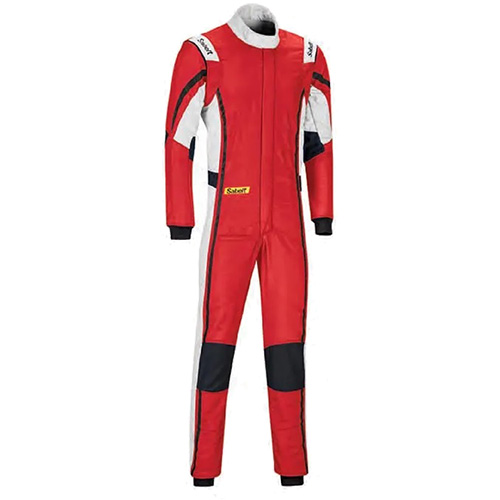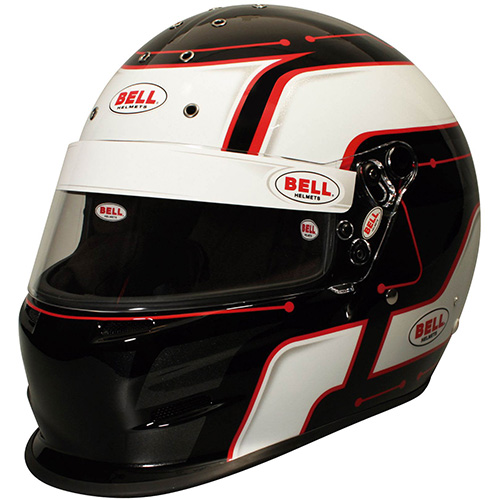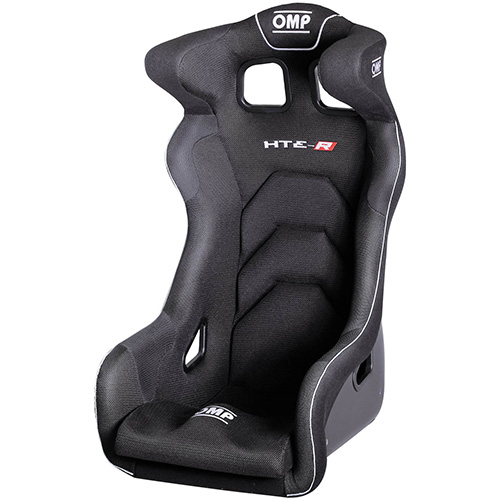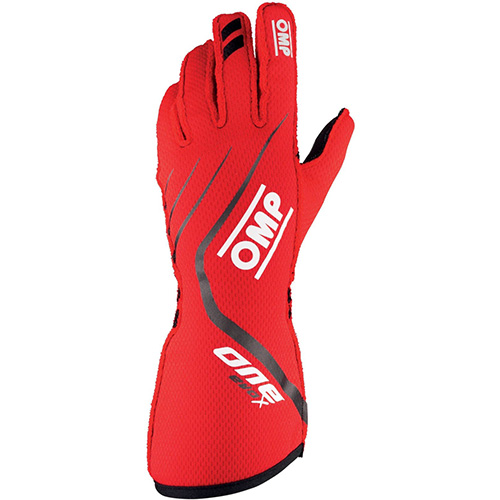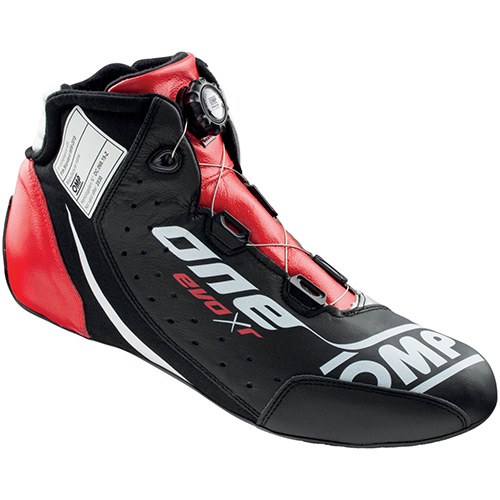The Best Gear For HPDE and Track Days
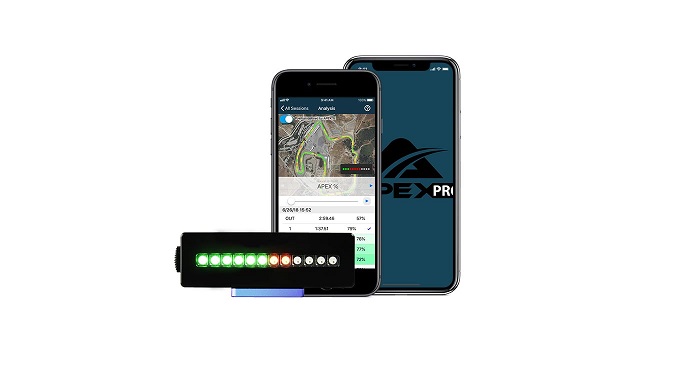
When we are trackside for High Performance Driver Education or track day events, we often find that participants don’t have all the items they need. And we have lots of drivers visit our stores and basically ask “What gear or equipment do I need for a track day or an HPDE day?”
When you stop to think about it, it isn’t a big surprise that race track operation puts stresses on the driver and the car that street driving doesn’t. To help with this, here is our collection of the best gear for HPDE events or track days.
Helmet
You will be required to have an up to date helmet. Our basic helmet is the Bell Racing Sport, which isn’t the lowest cost helmet we offer but in the eyes of most customers hits a real sweet spot of design, comfort and price. You can see the features and current pricing for the Bell Racing Sport here (all links in this article take you to the mentioned products in the Winding Road Racing Store, where you can check prices, sizes etc.):

Balaclava
You perspire, and when driving on a race track you will perspire even more. It is wise to have that perspiration absorbed (mostly) by underwear, not by your helmet padding. To do that you wear a balaclava, like the OMP First shown in our balaclava department. Many drivers choose the OMP One for its softness and fit, and it isn’t that much more money so it has become our most popular balaclava.

Pro tip: When you get out of the car, take off your balaclava and hang it on your driver’s side mirror. That will speed drying and help you remember to put it back on for your next run group.
Head And Neck Restraint
You don’t need a head and neck restraint for HPDE or tracks. It is worth noting that all racing sanctioning bodies require the use of a head and neck restraint system to reduce excessive head/neck displacement in a crash. Basically, your helmet is tethered to your shoulders to limit forward movement. But these systems require a full harness. If you want similar support for your neck with a standard 3-point street car safety belt, you can use the Simpson Hybrid – S head and neck restraint, which is about the only restraint approved for use with regular street car belts:
Lap Timer
After you get used to driving on the track, you’ll probably want some feedback on how you are doing. The basic way to do that is with a lap timer. You can use an app on your phone, such as APEX Pro’s free app, which in addition to pairing with the APEX Pro unit (more on that below), can also simply utilize the phone’s GPS for basic lap timing.

Pro Tip: You will need a way to mount the phone securely. The typical mounts for holding your phone so that you can text while you commute are not suitable for track operation. We recommend the RAM X mount.
For having a more detailed and data-rich lap timing system, we like the APEX Pro Digital Driving Coach because it’s rugged, has high-precision GPS, is easy to use, and is battery powered so there are no cables flapping around the interior. It also has most race tracks across the USA pre-loaded so it knows where you are by GPS; you just turn it on, pair with your phone (or 6th-gen iPod Touch), and go. Plus data review is a breeze to review in the APEX Pro app. Get the APEX Pro Digital Driving Coach, which we offer with a rugged windshield mount for easy installation and visibility. Plus, it can pull OBDII data from your car now!

Tire Pressure Gauge
Setting tire pressures correctly ensures that your car has proper traction and handling. The thing is, the air in your tires is loaded with humidity and as a result your air pressure will change dramatically as you run laps and build heat in your tires. You’ll want to check and adjust pressures before and after each run to make sure pressure levels are correct and balanced (e.g. we run 4 lb lower cold on our left rear tire at Road America because the carousel really heats that tire up).
Pro tip: For accuracy and repeatability, here’s the atmospheric pressure compensated gauge we use on our Pirelli World Challenge, MX-5 Cup and Spec MX-5 Challenge pro teams:

Torque Wrench
You need to check that your lug nuts are properly tightened. Most racers do this before every session. After all, the consequences of a wheel coming off are dire and the effort to see that they don’t is minor. We offer a small, inexpensive wrench along with a boxed set of the 6 most common metric and SAE sockets:

Racer’s Tape
You’ll want some of this to protect key paint areas, hold down loose bits and make numbers on the fly. Eight colors of tape to choose from so you can get some contrast if needed:

Vinyl Numbers
If you want a more professional look than racer’s tape for your numbers, we have white and black cut vinyl numbers in a variety of fonts:
Pro tip: Using these numbers is also wise if you plan to take or buy photos of your car while you wheel it around an epic track.
Driver Cooling
Chances are, you’ll be driving in warm weather. You’ll run with your windows down and a/c off. You’ll be working hard. You’ll get hot. We have two solutions to this problem. The first is an ice-based driver cooling system that circulates cold water through a cooling shirt, just like the ones our drivers use when they are racing:

The ice bag drops behind your seat and runs off a 12V power socket or you can upgrade to a Lithium-Ion battery if you would prefer.
If you opt for ice-based cooling, you will also need a Cool Shirt:


The Techniche vest uses a special phase-change fluid that freezes around 50 degrees F, which results in improved comfort and faster freezing (important when your run groups are spaced closely).
Brake Pads And Fluid
No doubt about it, race tracks put much more stress on your braking system than street driving does. Much more. We’ve seen more incidents at track days from brake failures than any other cause. At a minimum, you want a back up pad set, if you are prepared to change the pads. If not, you will want to run a more race-oriented pad material:


Motor Oil
You may lose a little oil from all that high rpm operation. Many high-performance street cars use unusual oil weights that you may not find at the NAPA store 3 miles from the track. It is always good to have an extra quart on hand to top off your oil level:

Action Camera
You may want to show your friends your excellent adventure. For this the new GoPro Hero, which can record 1080p at 60 frames per second is the obvious choice and a great value:
Pro Tip: Set the camera to one of the 60 fps settings to minimize the dreaded “jello effect” and use the Spot Metering setting to keep the exposure locked on the windshield area not your dashboard.

Gloves
Many drivers like the sense of control imparted by racing gloves. In addition, you may want to keep the inevitable perspiration off your steering wheel rim. One of our most popular basic gloves from our glove department is the Sabelt Challenge TG-3:

Shoes
When you’re on track, especially if you are lucky enough to have a H-pattern manual gearbox, your feet will be flying around the pedal box. You might consider using full race shoes or karting shoes. These have the advantage of being narrow for precise application and having thin soles for better pedal feel. One of our most popular shoes is the Alpinestars SP.
Race Suit
Generally for running HPDE or track days in a street car, you don’t need to wear a fire suit. Your street car has some fire protection material to limit the intrusion of fire into the passenger compartment. However, we have seen far more street car fires than race car fires at the track, and if you are uncomfortable with the idea of being burned under any circumstances, you might choose to suit up. The Alpinestars GP Race is a mid-priced suit that is relatively lightweight and nicely constructed:

Gear Bag
If you buy much of the stuff on this list and you plan on doing track events with any regularity, we recommend a gear bag dedicated to these items. That way, you don’t forget something. We have lots of choices, of which the Simpson Speedway and Sparco Universe are the most popular for HPDE use:







